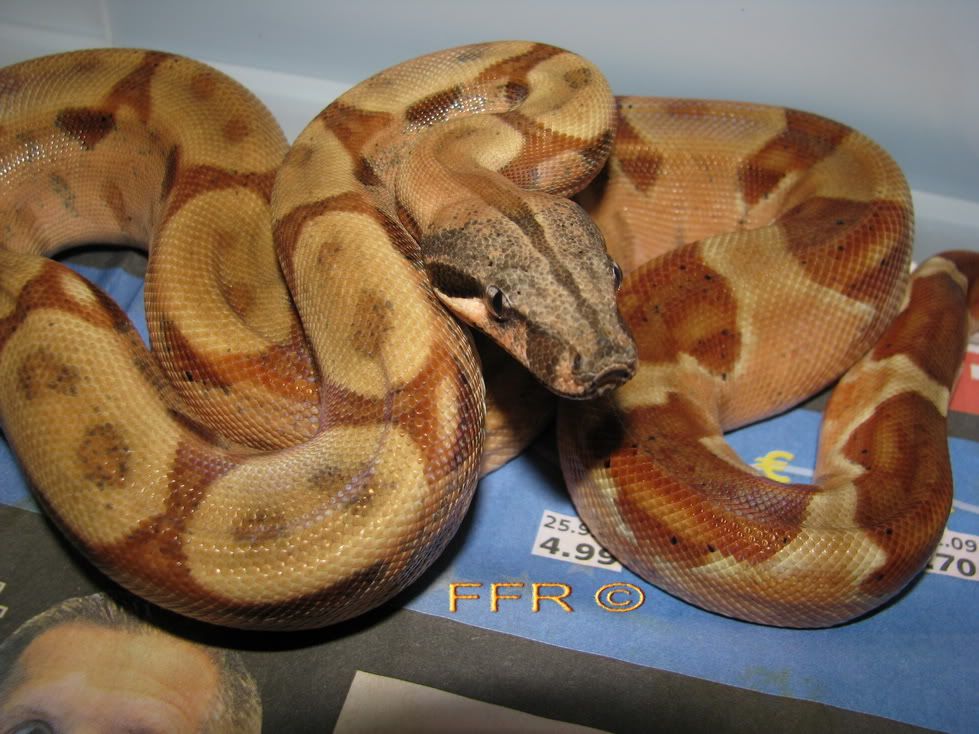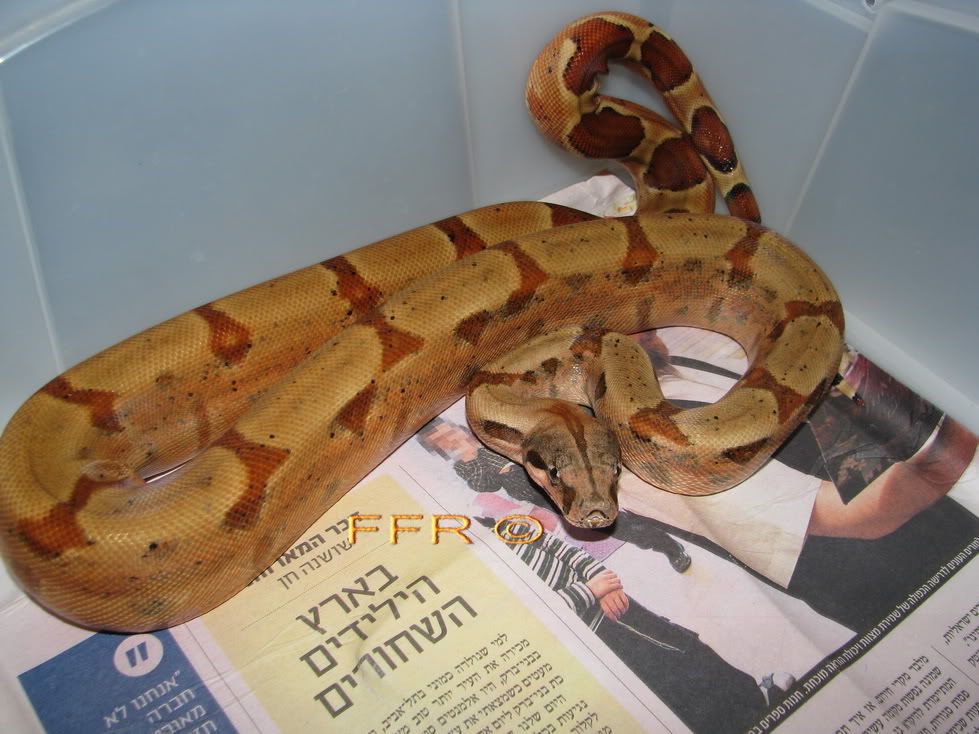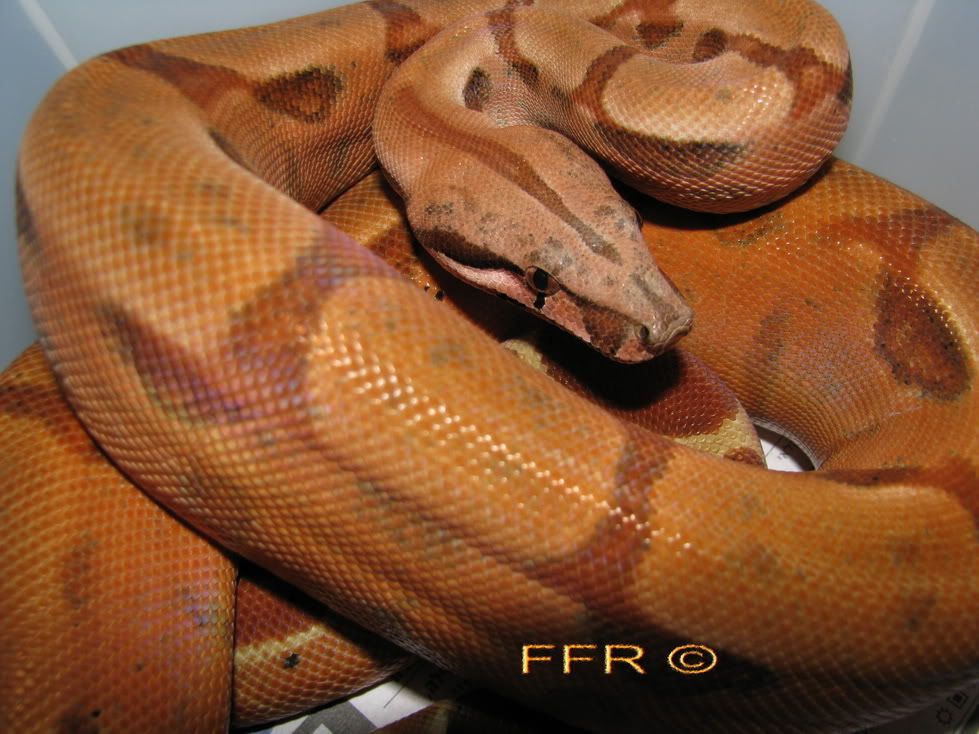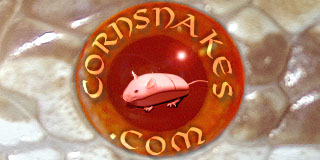Kokopelli
Resident Boa Fanatic
Hey everyone.
I was going through my normal routine, cleaning and putting water when I noticed something odd about Willow. Well, Willow has a lovely lovely silvery hue to her eyes... when I suddenly noticed that something was a bit off.
On this side, everything looked okay-

but then I looked at the other,

huh?!
Well, I tried to see if there's an eyecap there... nada, and the pupil seems to be moving... the eye being very much alive. I can't say it's totally not appealing but... Gosh, this is confusing.
I took some other photos too- hope you enjoy:




Thanks for peeking!
Oren
I was going through my normal routine, cleaning and putting water when I noticed something odd about Willow. Well, Willow has a lovely lovely silvery hue to her eyes... when I suddenly noticed that something was a bit off.
On this side, everything looked okay-

but then I looked at the other,

huh?!
Well, I tried to see if there's an eyecap there... nada, and the pupil seems to be moving... the eye being very much alive. I can't say it's totally not appealing but... Gosh, this is confusing.
I took some other photos too- hope you enjoy:




Thanks for peeking!
Oren
